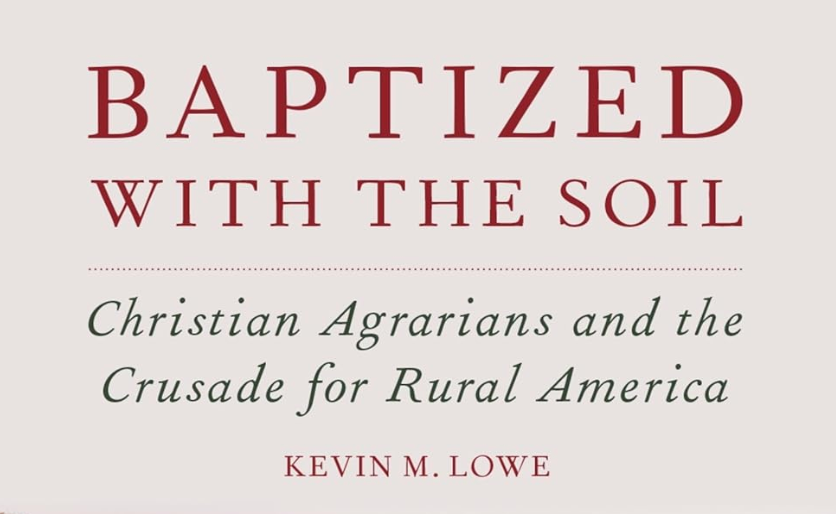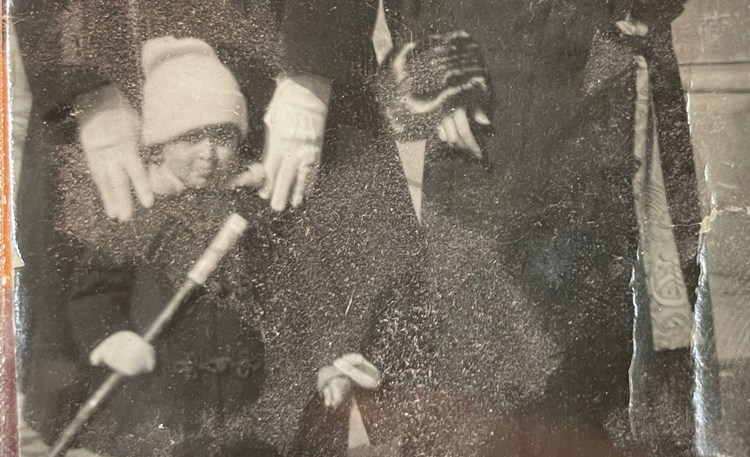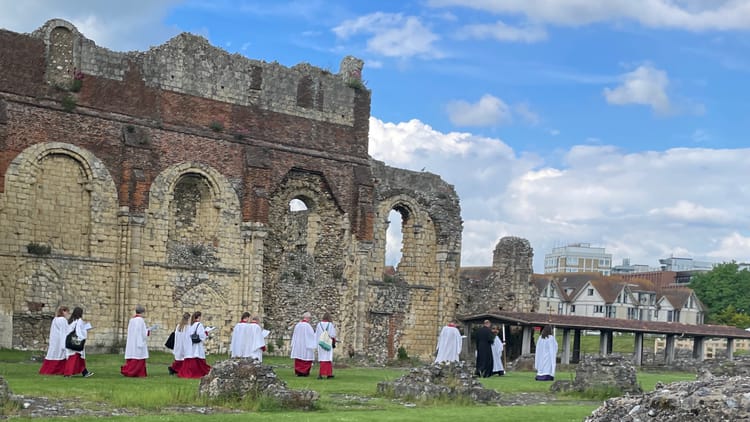The Roots of the Christian Food Movement

More than a decade ago God started calling me to start a farm-based ministry.
There were two problems: I wasn’t a farmer; I was a minister. Also, I didn’t know what this farm-based ministry was supposed to look like once it existed.
Talk about a call to the unqualified to go into the unknown!
It was comforting to remember the stories I knew from Scripture. God excels at calling the unqualified to venture into the unknown. Moses asked God to send somebody else, please, who knew what they were doing. The directions Abraham got to the Promised Land were “I’ll show you.”
These stories helped me realize that this call was from God, but they didn’t help me figure out how to start a farm-based ministry.
It took a lot of prayer, a lot of research, and a co-founder who felt called to be a farmer. (Yes, that last part does feel like a miracle.) Plainsong Farm launches this year. Someday I will even write an entire post about it on this blog. But not yet.
My research turned into the Christian food movement guide. It’s a twenty-seven page listing of organizations, individuals, and resources at the intersection of Christian faith, sustainable agriculture, and hunger relief. (You can download it for free at the bottom of this post.)
Then, just this past October, a new book was published. Reading it this winter helped me to learn more about what God was doing in my life – and to discover that I had more resources than I ever realized.
Kevin M. Lowe’s Baptized with the Soil: Christian Agrarians and the Crusade for Rural America is a fairly academic tome. It cost a hefty $80 from Oxford University Press, even though it is only 250 pages. (I asked my husband to give it to me for Christmas; as I write this post, it is a relatively cheap $54.)
For me, it was worth every penny. In its pages I discovered my ancestors.
It turns out that the Christian food movement is not God doing a new thing. It turns out that the Christian food movement is God renewing an old thing that skipped a generation.
In 1915, Liberty Hyde Bailey published a book called The Holy Earth (free download here). In it, he described the earth this way:
If God created the earth, so is the earth hallowed; and if it is hallowed, so must we deal with it devotedly and with care so that we do not despoil it… If the earth is holy, then the things that grow out of it are also holy. They do not belong to man to do with them as he will.”
Liberty Hyde Bailey was a respected horticulturalist who had taught at Cornell, but this book transcended academic fields. Bailey’s ideas were cited for generations by agrarians – proponents of a small-scale rural life devoted to place and stability, and communities built upon that devotion. Bailey appealed to the Christian agrarians especially, whose religious commitments undergirded their devotion to land and neighbor.
Reading this book, I learned that not long ago, there were a bunch of Christian agrarians! Just two generations ago, there were training schools for pastors to learn farming basics so they could better serve their rural congregations. Churches observed Rural Life Sunday and Soil Stewardship Sunday, giving thanks to God in worship for life on the land and remembering their vocation to care for it. There were Bible-based soil conservation pamphlets instructing farmers that care for the earth was a religious obligation. There were Lord’s Acre projects through which rural congregants of all ages set aside the “first fruits” of their harvest, raising funds for ministry through the equivalent of today’s 4-H projects – tending newborn pigs and growing pumpkins.
“What a great boon it would be to our religious experience,” agricultural missioner John Reisner said in 1943, “if we would become conscious of the fact that God’s care for the land is real, that He is watching over it and that we can be keepers with Him of the Holy Earth which He created.” And in 1955 the National Association of Soil Conservation Districts printed the Rev. Walter A. Forred’s words to their annual convention:
Man possesses two vital and related concerns upon which rest not only his well-being but his very destiny. One is his soul – the other his soil. They are inseparably related, and he must use caution that he does not use his soil in such a way as to lose his soul, and thus exclude himself from the Kingdom.”
In Baptized with the Soil, Lowe gives example after example of rural ministry focused on the health of the countryside: both soil and souls.
It turns out that in the early 2000’s, when God began nudging me to create a farm-based ministry, I had a heritage and a people. It turns out that this heritage is not only found in the pages of Scripture but also in recent history.
It turns out that if you are also concerned about the place where you live, the community to which you belong, and the land under your feet – because you know all were created by God – you have this heritage too.
I am intensely curious about what God is doing these days. The story of my own life has become quite a page-turner; astonishing things happen regularly. I can only chalk that up to being willing to go where I was sent, though I was unqualified and uncertain of my destination.
Maybe you too are called to farm-based ministry. Maybe you’re called to something similarly unknown. Whatever it is, I encourage you to keep praying, keep trying, and keep going. You never know when you will find the place where you belong – often, right where you already are.
Have you felt a nudge to care for the earth as holy ground?
How does the Christian agrarian legacy affect you?





Member discussion